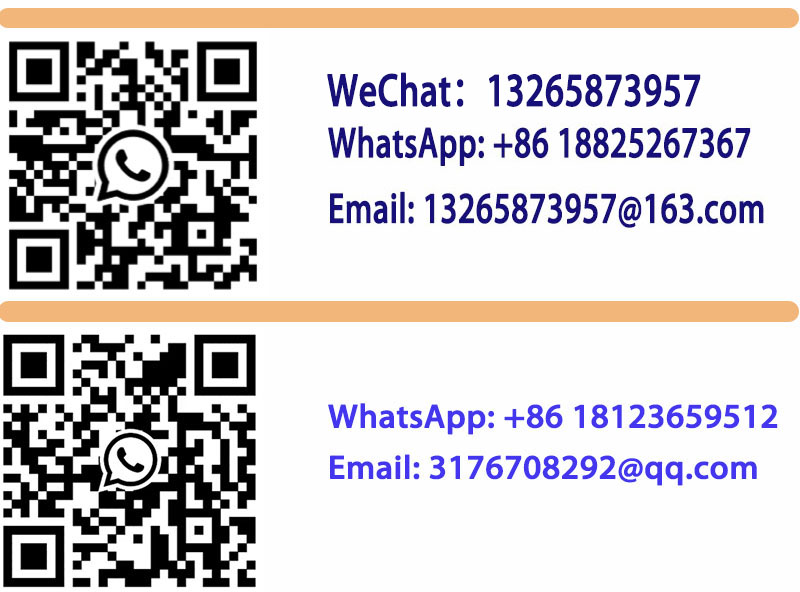The commonly used tension sensor is resistance strain type, which is a solid, durable and reliable sensor product. In order to ensure its accuracy, there are still a few problems to be paid attention to in the process of settlement and use, which are briefly introduced below.
1. The tension sensor should be handled with care, especially for the small-capacity sensor with aluminum alloy as elastomer. Any shock caused by vibration may fall, which is very likely to result in a very large output error.
2. When planning loading, installation and settlement, we should ensure that the beneficial line of loading force coincides with the stress axis of the tension sensor, so as to minimize the influence of skewed load and lucky load.
3. In terms of horizontal adjustment. If a single tension sensor is used, the settlement plane of its base should be adjusted with a level meter until it is horizontal; In the case of multiple sensors measuring together, it is necessary to keep the settlement surface of their bases on a horizontal plane. The principle of doing so is mainly to ensure that the force foundation suffered by each sensor is common.
4. Select and confirm the extra load of the sensor according to the tension sensing range in this introduction.
5. The base mounting surface of the sensor should be as flat and clean as possible, without any oil stain or adhesive film. The settlement base itself should have satisfactory strength and rigidity, which is higher than that of the sensor itself at ordinary times.
6. The sensor housing, guard cover plate and lead wire are sealed and the user is forbidden to open them.
Contact: JingPing Xie
Phone: +86-18123659512
E-mail: kaidc@kaidechang.com
Whatsapp:+86-18123659512
Add: Room 303, Longxin Building, No. 38, Nanlian Road, Nanlian Community, Longgang Street, Longgang District, Shenzhen, Guangdong, China
We chat
